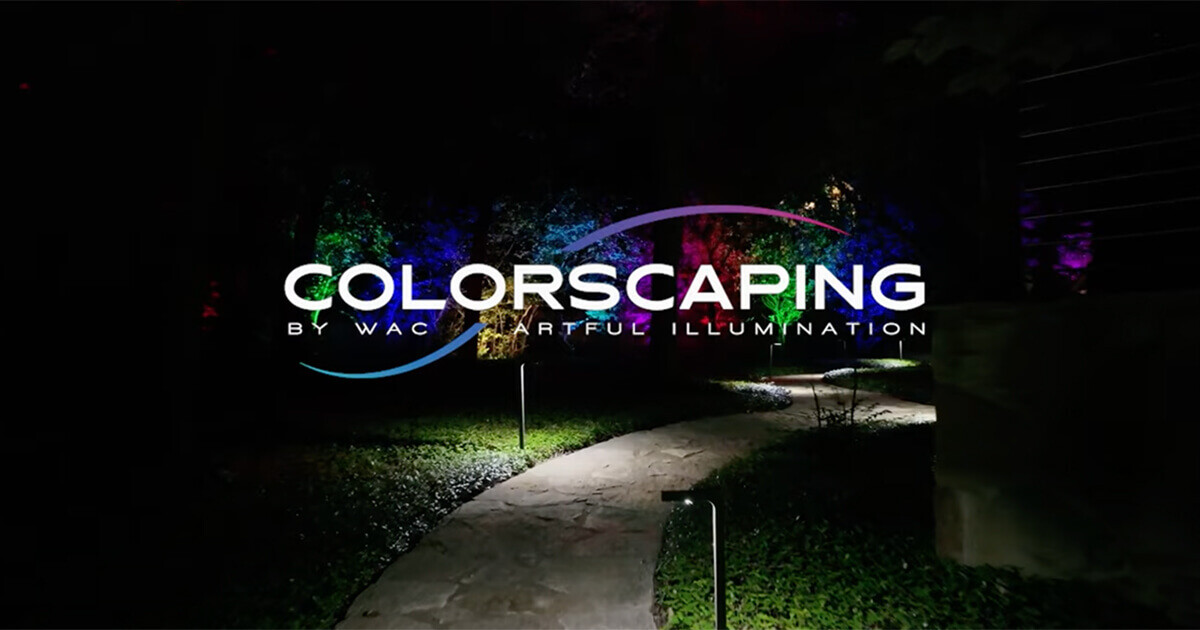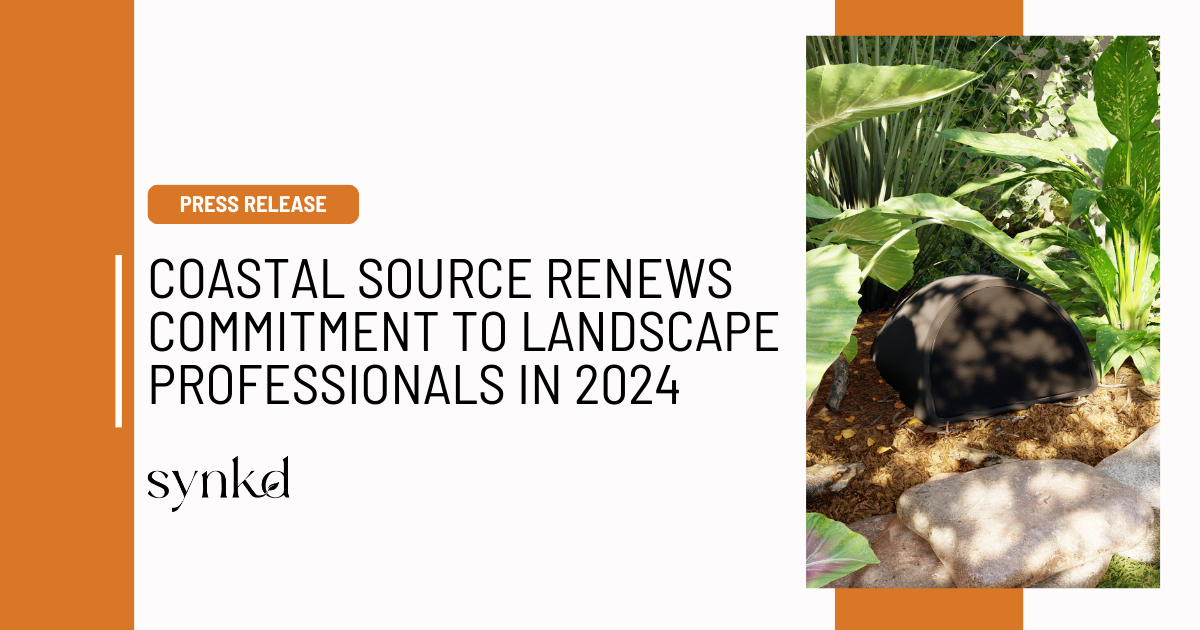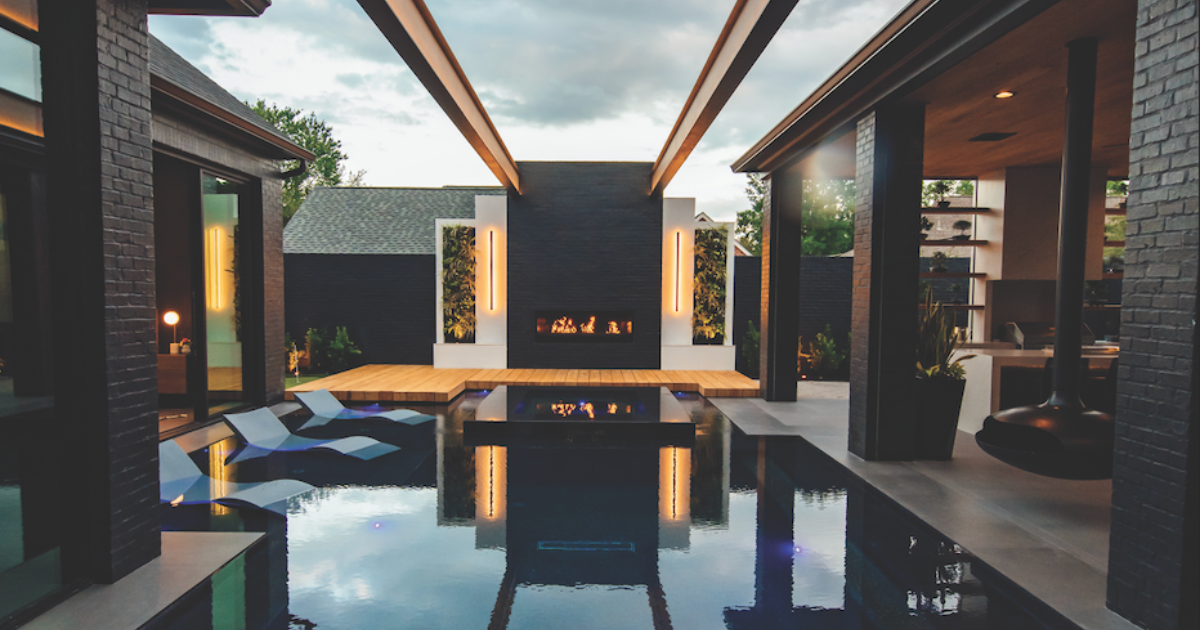WAC Landscape Lighting receives Editor’s Choice Award from Green Industry Pros
Port Washington, NY (December 24, 2024)—WAC Landscape Lighting received an Editor’s Choice Award from Green Industry Pros magazine for its...

Mark Carlson is the founder of the Experiential Landscape Lighting Initiative (ELLI), an educational resource dedicated to the landscape lighting profession. His 20+ years of hands-on experience as a landscape lighting designer, small business owner, and published writer has allowed him to advance the art form. “The Original Garden Lighting Book,” Mark co-wrote with Michael Gambino was recently named among 77 Best Lighting Design Books by Arch Daily. Mark is currently performing studies on the psychology of light and nature, to provide therapeutic relief in human health. He is also the owner of Avalon Lighting Design. See his article on Achieving Balance Part 1 and Part 2.
Contrast is one of the six principles of lighting composition. This principle refers to the arrangement of opposite elements in an art piece to create visual interest, excitement and drama. Contrast is the difference in luminance or color that makes an object distinguishable.
Visual perception refers to the brain’s ability to make sense of what the eyes see. It is the ability to interpret the surrounding environment using light in the visible spectrum reflected by the objects reflected in the environment. In other words, contrast is the difference in the color and brightness of one object against the others within the same field of view.
Here are several aspects of contrast for consideration:
Although these aspects are something to consider, they each apply to art and color. Since we are most concerned with lighting design, we'll concentrate on the two most applicable forms: Light-Dark Contrast and Cold-Warm Contrast. As light-dark contrast suggests, it relates to the difference between light and dark values. Dark can be in the form of shadow.
The landscape environment is more or less dark at night. Therefore, our starting point is darkness and our purpose is to add lights to provide comfort, interest and excitement. Light is the additive element to the design. Designers must take great care in how they apply light, as well as how much. Too much light, and everything is washed out or over-illuminated. Too little light, and the setting becomes unsafe for travel or it’s under-illuminated.

In the setting above by Night Light Landscape Illumination in Lombard, Illinois, there is a wonderful and interesting display, as well as a balance of light and shadow. This provides for a calming mood, and the interest comes from the overhead cover with its shadow-play onto the patio surface. Also, there isn’t a strong contrast between light and dark, which makes the whole space the emphasis versus one single element. Therefore, the space provides comfort for communication and enjoyment.

The stronger the contrast on a subject against its surroundings, the more likely it becomes the point of emphasis. This can be seen in the photo of the bronze sculpture by Moonlighting Landscape Lighting in Charleston, South Carolina. They provided the right amount of illumination on this statue to ensure its dominance in the scene. Additionally, the space has added interest because of the shadow-play of the Japanese maples onto the backing brick wall. Lighting applications have established mood.
Humans associate colors with certain experiences. For example, warm is associated with daylight and sunset, whereas cold is associated with an overcast day, storms and winter. In addition, contrast can be defined by character into other groups, as seen below:
Luminance is the intensity of light emitted from a surface per unit area in a given direction. These relationships can identify elements or objects as the focal point or emphasis.

NiteLiters in Owensboro, Kentucky has utilized blue LEDs within the backdrop forest area. This effect not only made the forest seem like it was deeper, but it provided a mysterious, cooling effect to the scene.

Here, Night Light Landscape Illumination utilized a cooler color of white light close to 5700K to produce this moonlight effect to the right side of the pool patio. Compare this to the standard white light (2700K-3000K) at the arbor-gate section of the yard. Not only does this display provide interest to the setting, it evokes a different mood in each space.
As opposed to cold, the following settings feature a warm presence. In the photo by Red Oak Outdoor Lighting in Lexington, Kentucky, you feel the warmth of a wood deck and its lighting against the backdrop of an evergreen forest. As a landscape lighting designer, you should learn how these varying color temperatures affects the feeling of the space. Elements which are colored brown, yellow, red and orange tend to show better with a warm white LED range (2,200-3,000K temperature).

The photo below displays a warm feeling by utilizing the color of the walls inside this courtyard space by Avalon Lighting Design in Orangevale, California. Once again, a common, warm white LED source was used (2700K), but it looks much warmer due to the wall coloring.

The degree of contrast can affect emotion, and emotion is a powerful motivator. Contrast can provide comfort or fear, peace or excitement. There’s a wonderful psychology behind everything we do.

In the image above by Natural Accents Outdoor Lighting in Kansas City, Missouri, consider how this setting makes you feel. You observe more shadow than light, but there’s a compelling interest to see what’s beyond. You should feel a sense of slight fear or mystery because of this darkness and unknown. But, because of how the scene was illuminated, it creates a desire to explore or to continue to move forward. It is intriguing and plays on one’s emotion. The designer has done a wonderful job.

In this last photo by Avalon Lighting Design, the emotion is more joyful because of the whimsical metal sculpture, the koi fish and the glow from the pond. The key to all lighting design is to play on the emotional value of Light-Dark Contrast or Cold-Warm Contrast.

Port Washington, NY (December 24, 2024)—WAC Landscape Lighting received an Editor’s Choice Award from Green Industry Pros magazine for its...

Coastal Source Begins 2024 Renewing its Commitment to Meeting the Needs of Landscape Designers & Contractors Industry Leader in High Performance...

How this Landscape Architect & Builder Team Struck Indoor-Outdoor Gold